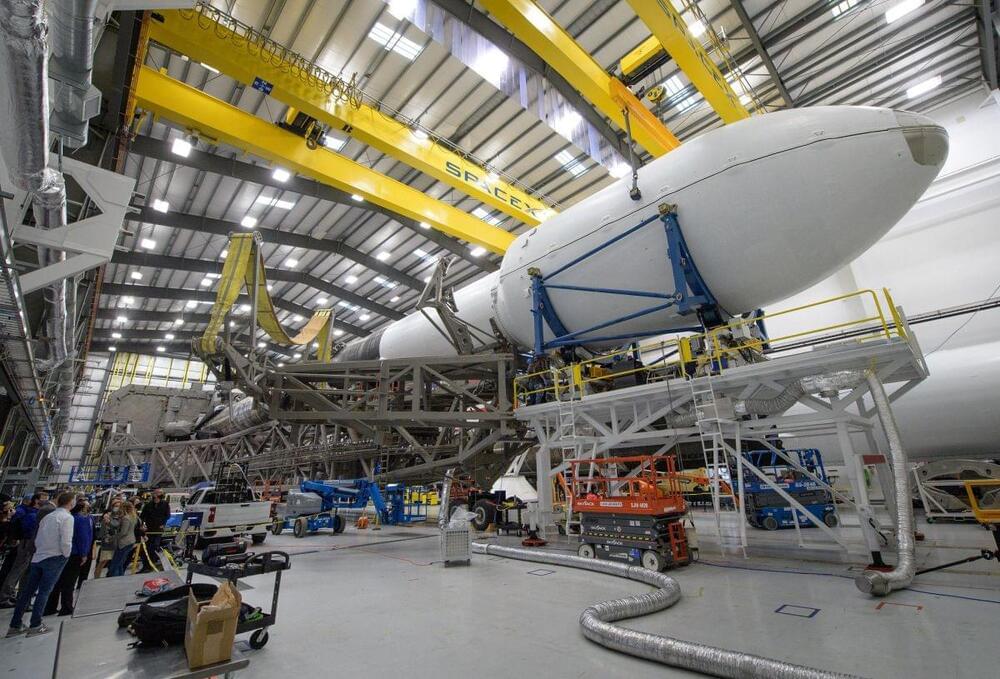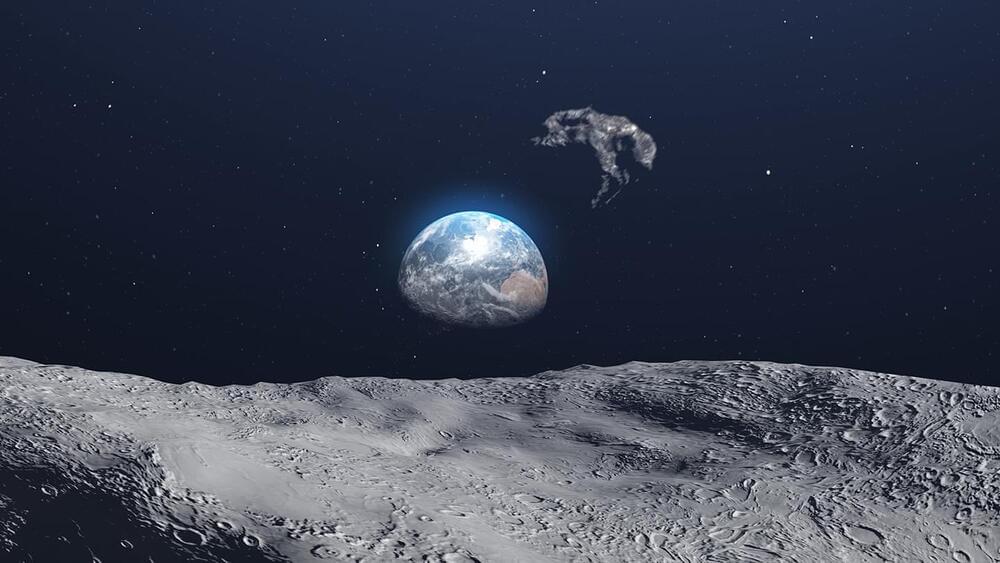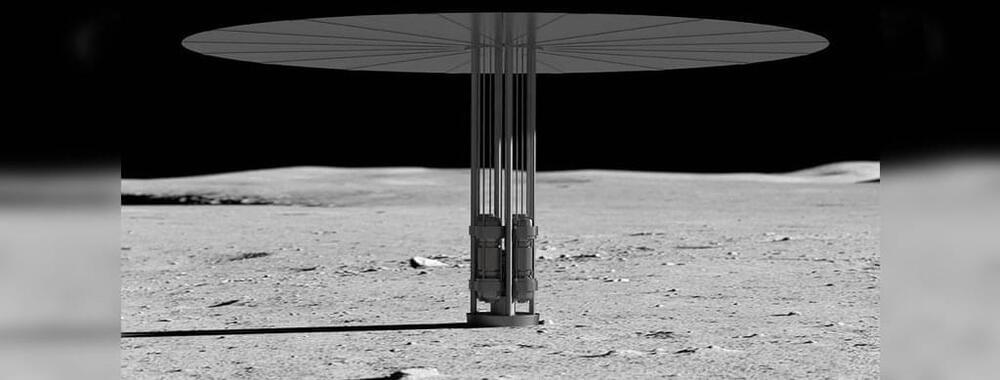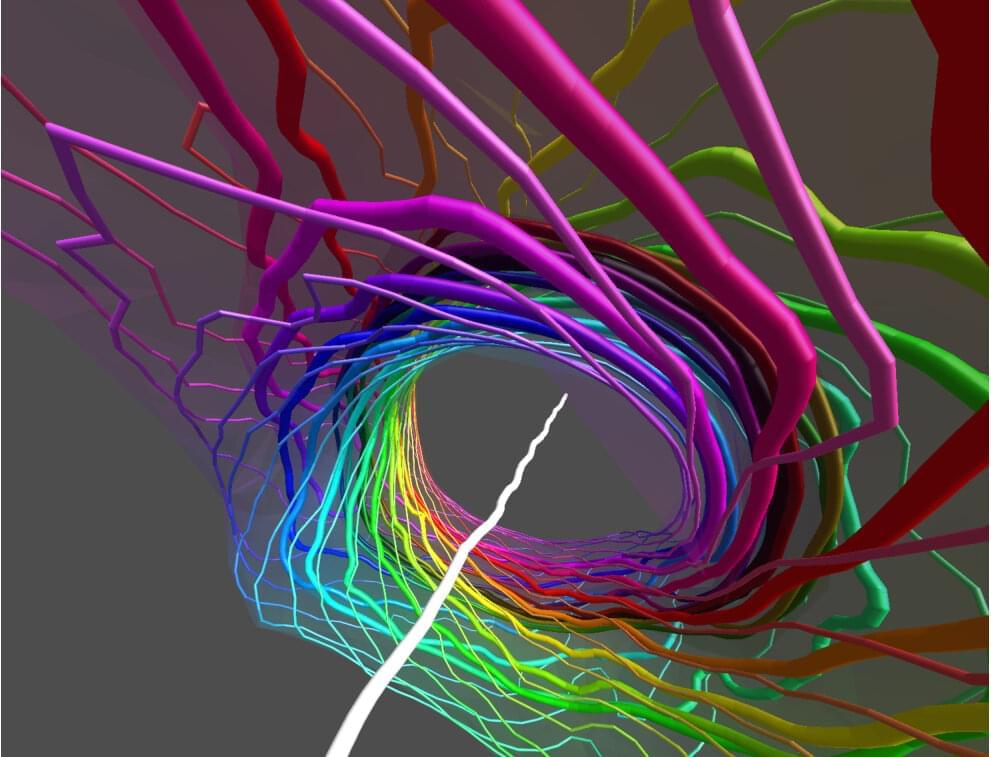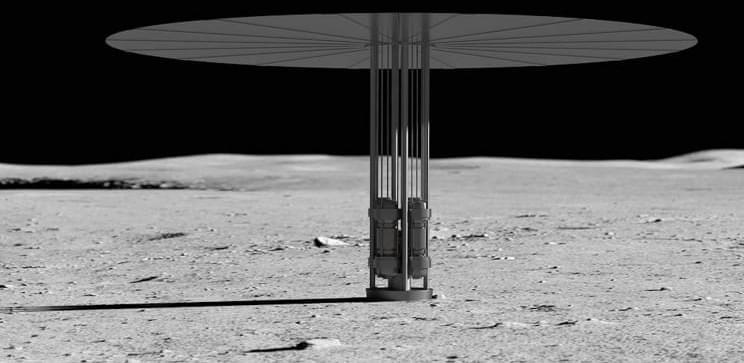NASA will launch a mission to crash into an asteroid (on purpose) overnight tonight and you can watch it lift off live online.
The agency’s Double Asteroid Redirection Test (DART) mission will travel millions of miles out into the solar stem to smash into an asteroid, altering its orbit around a larger space rock to practice in the event of a rogue Earth-bound asteroid. The mission is set to lift off from Space Launch Complex-4 at Vandenberg Space Force Base in California early Wednesday, Nov. 24, at 1:20 a.m. EST (10:20 p.m. PST on Nov. 23/0620 GMT).
